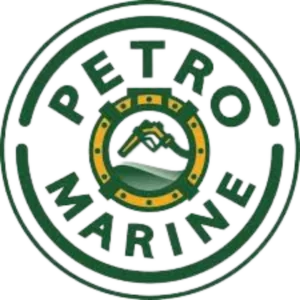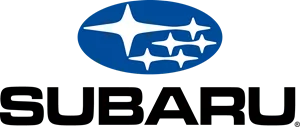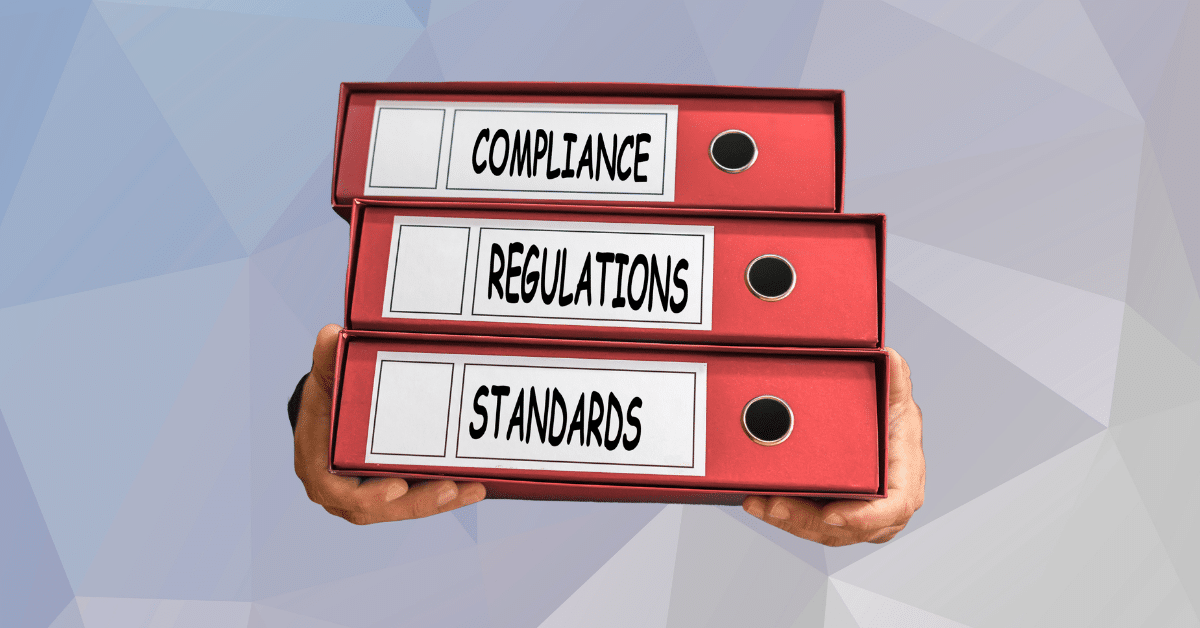In my first week advising a manufacturing client, a new frontline leader stopped me outside the break room. He’d just handled his first complaint—a crude joke on the night shift—and said, “I wasn’t sure what to say before today. Now I have a script.” That moment captures the power of manager education. When supervisors know how to identify issues, receive reports, and take action on the same day, minor problems remain small and teams trust the system.
Harassment Training For Supervisors
Supervisors sit at the crossroads of policy and people. They hire, schedule, coach, and set the tone in the moments that matter: a comment on a late-night call, an offhand remark after a client dinner, a private chat in a hallway. Training calibrated for managers provides them with practical tools—what to do in the first five minutes, what to document, who to notify, and how to prevent retaliation—ensuring responses are consistent and credible. That credibility is how the benefits of sexual harassment training show up in everyday work.
What Supervisors Actually Need To Know
- Clear definitions with everyday examples (including digital chat, DMs, and video meetings)
- Protected classes and how harassment can involve clients, contractors, and vendors
- How to receive a report: listen, thank, avoid promises, write facts, contact HR the same day
- Confidentiality boundaries: who must be looped in and what not to share
- Interim steps that keep people safe at work while HR investigates
- Anti-retaliation basics and how to monitor the team afterward
- Documentation checklists and time-stamped actions that hold up under review
- Bystander options a manager can model for the team
How Supervisor Behavior Shapes Culture
Leaders teach the team what “normal” looks like. When a supervisor redirects a risky joke, checks in with affected staff, and logs the incident, the whole group learns the standard. Do that across shifts and locations, and you get better sexual harassment training, workplace culture outcomes: faster reporting, fewer repeat incidents, and higher trust in HR. Supervisors are the daily translators of your policy—without them, content lives in a handbook; with them, it lives in habits.
The Business Case: Risk, Cost, And Brand
Manager action (or inaction) often drives legal exposure, operational disruption, and brand damage. Poor response can trigger investigations, turnover, and lost productivity. A strong, consistent response—tied to harassment prevention training and clear playbooks—reduces the time to resolution, stabilizes morale, and protects customer relationships. In RFPs and vendor assessments, buyers now ask about culture programs; documented manager training signals a level of maturity.
California And Multi-State Compliance, Without The Headache
States set different rules for cadence, interactivity, and who must be trained. California, New York, Illinois, Connecticut, Delaware, and Maine all have mandates, and cities like New York City and Chicago add local standards. A practical approach is a national core course, supplemented with short, state-specific add-ons, and a renewal tracker. For California audiences, we recommend our Sexual Harassment in California training course, which aligns with hour counts, topic coverage (including abusive conduct), and record-keeping expectations, while keeping scenarios workplace-real.
What Great Manager Training Looks Like
If you want results, build effective sexual harassment training that matches how people learn on the job:
- Short modules with realistic, branching scenarios (not just slides)
- Scripts and decision trees for the first conversation after a complaint
- “Say this / not that” examples for tough moments (anonymous tips, group texts, client comments)
- Role-specific micro-lessons for leads, supervisors, and managers
- Quick guides posted in places supervisors actually look (shift binders, intranet, team chat pins)
- Practice opportunities during staff meetings—two-minute bystander drills work wonders
- A shared intake form that auto-routes to HR with time stamps
Build A System, Not Just A Course
Training is most effective when it integrates with harassment prevention programs that people can follow on a busy Tuesday. Combine four pieces:
- Short, Plain-English Policy
Examples, reporting paths, anti-retaliation language, and a simple “what happens next.” - Multiple Ways To Report
Supervisor, HR inbox, hotline/portal, and an option for anonymous tips. Explain who sees what. - Manager Huddles
Five minutes monthly: one scenario, one script, one reminder to log and notify the same day. - Transparent Follow-Through
Share timelines for intake, review, and closure (with privacy intact). Predictability builds trust.
A 90-Day Rollout Plan For Busy Teams
Days 1–30: Map And Prepare
- Pull current training records by state/city; spot gaps by role and location
- Align on policy language and intake forms; confirm who is on call after hours
- Interview three frontline supervisors to surface real scenarios from your workplace
Days 31–60: Launch And Coach
- Roll out core manager modules with a 30-minute live Q&A per site or region
- Post a one-page “Manager Intake Guide” in the intranet and team chat
- Add two micro-lessons for remote contexts: video calls and private messaging
Days 61–90: Reinforce And Measure
- Run a five-question pulse on safety and reporting clarity
- Review time-to-notify HR, documentation completeness, and interim steps taken
- Hold a short retrofit session: adjust scenarios and scripts based on real use
How To Measure Impact Without Drowning In Metrics
Pick a small set you’ll actually review monthly:
- Completion and refresher rates by role and site
- Time from incident to manager notification, and manager to HR handoff
- Proportion of reports with a documented interim step
- Post-training knowledge checks for managers (80%+ target is a useful bar)
- Two survey items: “I know how to report” and “My supervisor models respectful behavior”
Trends matter more than a single point. If the time-to-notify drops and interim steps increase, your training is practical.
Coaching Scripts Managers Can Use Tomorrow
- “Thank you for telling me. I’m writing down what you said so I get it right. I will notify HR today. You won’t be penalized for speaking up.”
- “For now, I’ll adjust shifts while HR reviews. If anything changes or you’re uncomfortable, tell me or message HR directly.”
- “I heard the comment on the call. That doesn’t meet our standard. Let’s reset as a team and keep the chat professional.”
- “We do not discuss details while HR reviews. If you have information to add, send it to me or HR right away.”
These ready-to-use lines eliminate guesswork and ensure consistent responses.
Common Supervisor Pitfalls And Simple Fixes
- Trying To Investigate Solo
Fix: Document facts and notify HR the same day; don’t interview witnesses without guidance. - Promising Outcomes
Fix: Promise action, not results: “HR will review today, and you’ll hear next steps soon.” - Ignoring Small Moments
Fix: Redirect on the spot and log it. Minor course corrections prevent repeat issues. - One-and-Done Training
Fix: Add micro-refreshers and manager huddles. Short, frequent touches beat an annual marathon.
How This Connects To Performance And Engagement
Teams perform when people feel safe. Managers who set clear boundaries reduce gossip loops, build cleaner communication, and protect focus time. That’s the quiet flywheel behind harassment training for supervisors: better meetings, faster conflict resolution, fewer resignations tied to “team climate,” and an easier time hiring because your reputation matches your values.
Ready To Train Your Leaders?
If your workforce includes California locations, route managers to our Sexual Harassment in California training course. For multi-state teams, pair the core supervisor modules with state add-ons and a simple renewal tracker. Start with one live Q&A per region, post the intake guide, and put two micro-lessons on the calendar this quarter. Your leaders will have the words, the steps, and the confidence to act.
FAQs
How Does Sexual Harassment Training For Supervisors Improve Team Outcomes?
Asked how mandatory sexual harassment training for supervisors improves team outcomes, the answer is that managers learn quick, respectful responses, clear documentation, and fair follow-ups. Those habits steady meetings and chat, reduce rumor spirals, and keep projects moving. Teams see consistent boundaries, faster conflict resolution, and fewer escalations. Over time, this stability supports retention and performance because people trust the process and know that leaders will act promptly and transparently when concerns arise.
Why Is Sexual Harassment Training For Supervisors Central To Culture?
When leaders use shared language, scripts, and timelines, respectful behavior shows up in everyday work. Clear expectations in standups, one-on-ones, and channels make norms visible. That consistency builds trust, boosts speak-up confidence, and turns policy into habit, so teams collaborate with less friction and new hires adopt the same standards from day one.
How Does Sexual Harassment Training For Supervisors Reduce Risk And Escalation?
Managers learn to identify issues early, separate facts from opinions, and direct concerns effectively. Swift, well-documented action limits harm, retaliation claims, and costly turnover linked to unresolved conflict. By teaching neutral language and clear next steps, training helps leaders de-escalate tense moments, protect all parties, and maintain momentum on work while HR handles formal reviews when needed.
How Does Sexual Harassment Training For Supervisors Strengthen Reporting And Follow-Through?
Multiple reporting options become a reality because leaders can explain them clearly. Timely acknowledgments and updates build trust, while clean notes help HR spot patterns. Employees see consistent responses, which encourages early reporting and reduces the chance that problems spread.
What Skills Do Supervisors Build Through Sexual Harassment Training?
Training also sharpens tone-setting in meetings and chat, so boundaries are obvious to everyone. With scripts, checklists, and brief practice, managers turn policy into daily habits, creating safer interactions, quicker resolutions, and a work environment where people can focus on results.


















